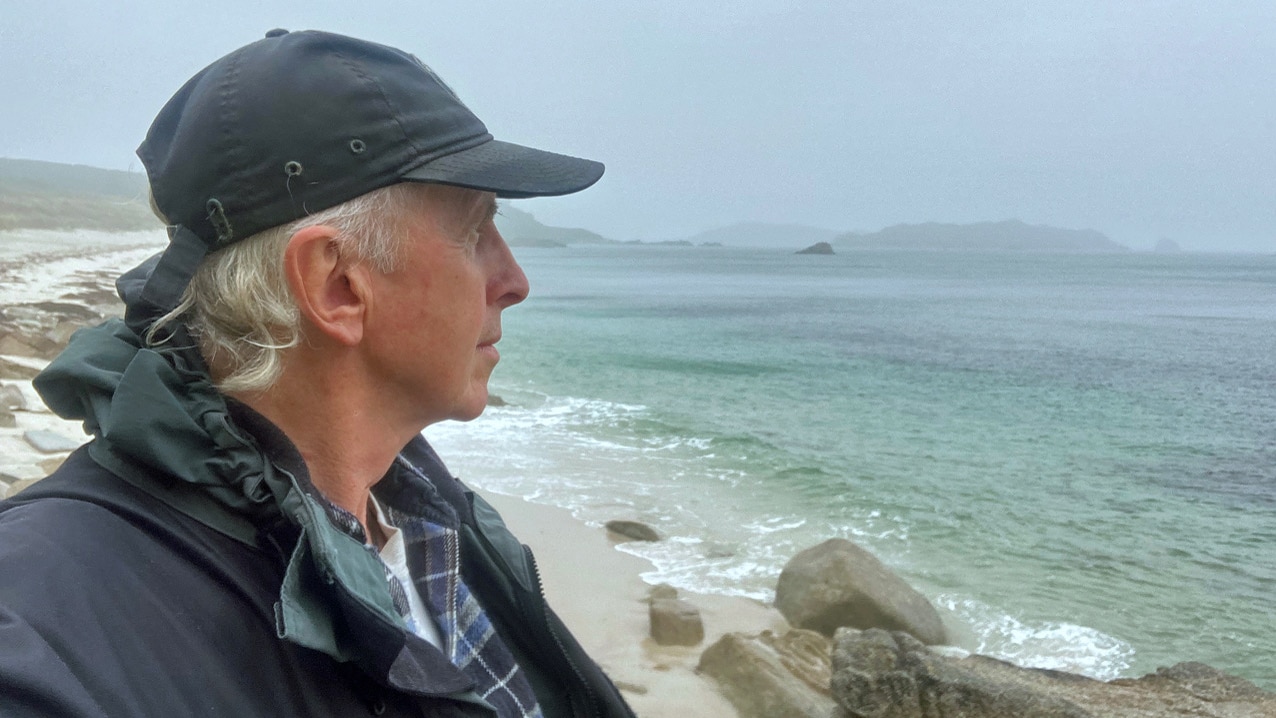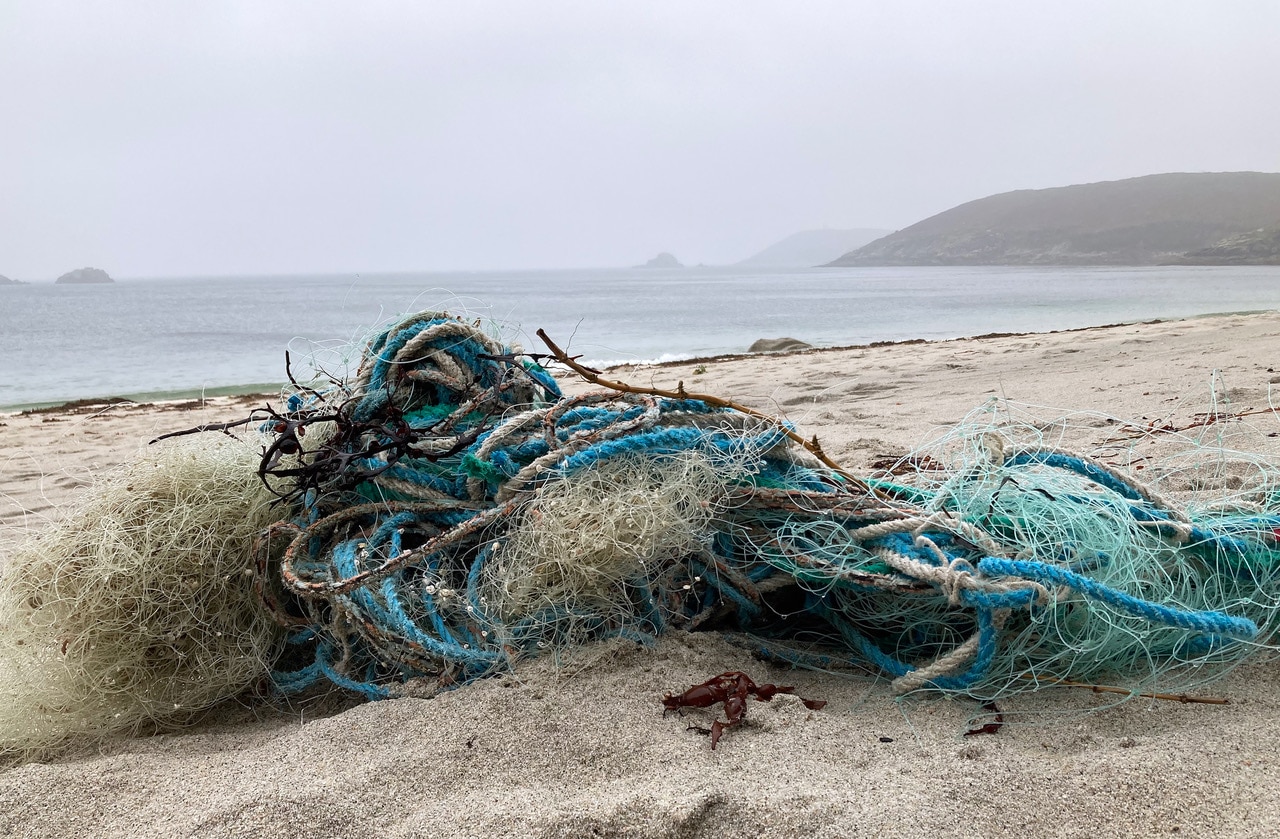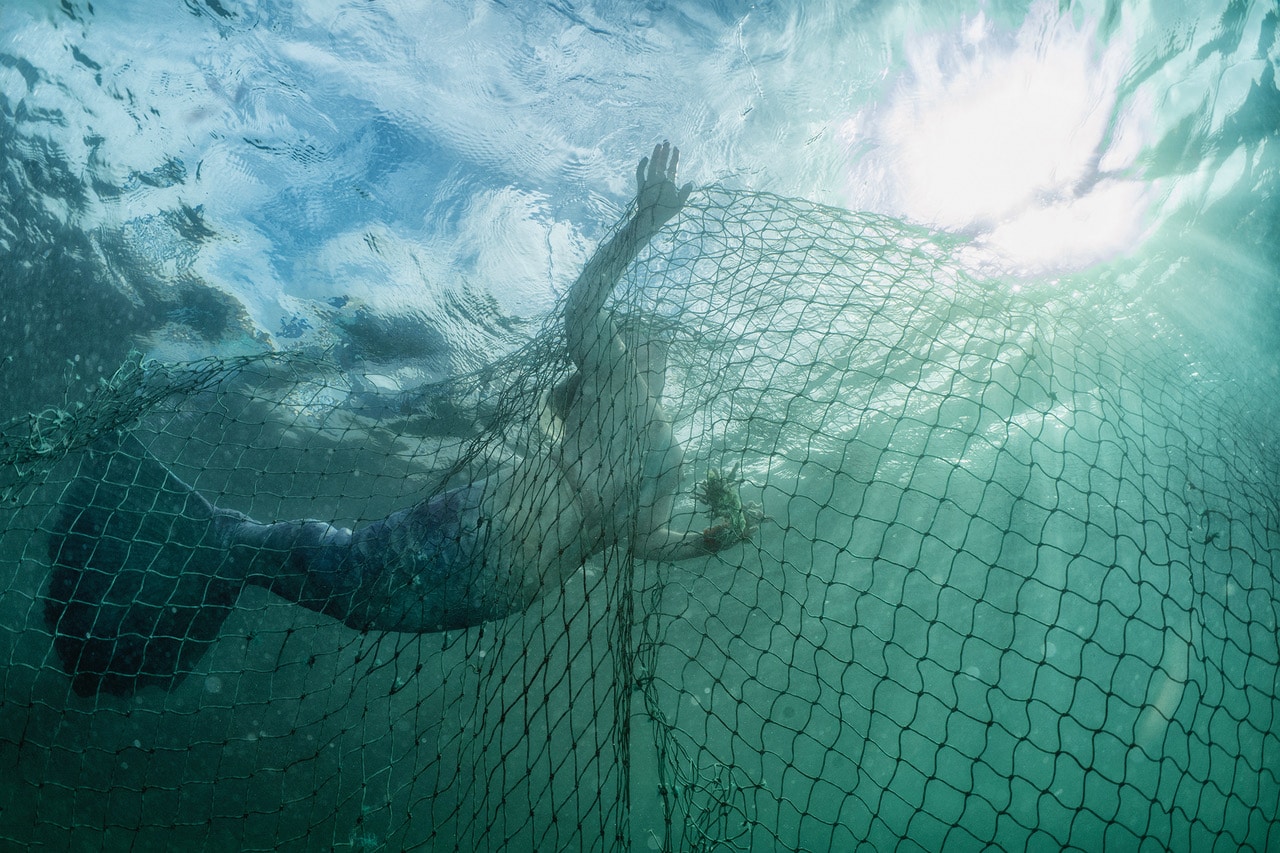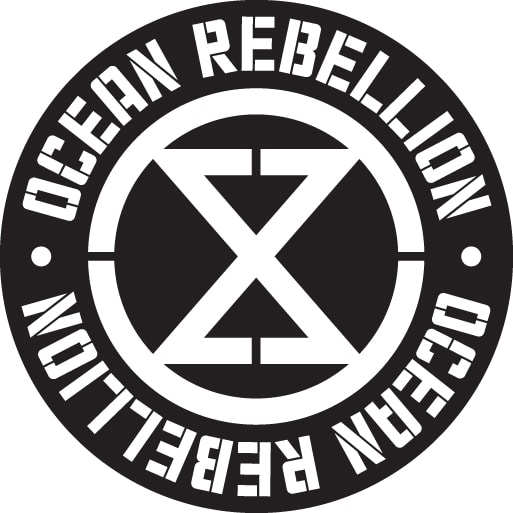Marine Life & Conservation Blogs
Divers, Protect our Seas.

As divers and lovers of the ocean, we need to understand and protect this now fragile environment. We are the few who actually visit and see what is going on below the water. For those of you who have been diving many years, you will have seen the degradation of marine life and habitat first hand. For those newer to diving take stock of what we have and help to protect it.
There are many factors contributing to the demise of the world’s oceans. Pollution, climate change and over-fishing are the three most obvious. Globally, these issues are slowly being addressed but over-fishing is still knocking on the back door of reason. We still continue to support factory industrial fishing by buying their products. As I see fish stocks diminishing every year I know we have passed the point where sustainable commercial fishing is a viable option. We keep species on the brink of commercial extinction and are then alarmed when they crash. We are changing the very nature of our oceans, and not for the better.
I was recently on a UK off-island enjoying the peace and relative isolation from modern day trappings. As I sat on a quiet beach, I saw a seal rise out of the water just a few hundred meters from the shore. It stayed on the surface for about thirty seconds and then sank out of site. Lovely. Then to my surprise it surfaced after a few minutes in exactly the same spot. This happened a few more times before I realised with absolute sadness that the seal was trapped by something and was fighting to the surface for air before being dragged back down. What could I do…….Nothing…. It was very cold and I had no wet suit to swim out and try to help. But even if I did the danger and risk of being caught myself was high as well as the possibility of being bitten by the panicking seal. I tried to phone a few local people to ask if anyone with a boat could help. But there was no signal and I knew in my heart that there were no boats anywhere near. I ran to the top of the hill and tried to call again. My fears were confirmed. There was no one who could help.
I went back down to the water and could only watch as the seal continued to fight for its life, surfacing every few minutes and taking deep breaths before being pulled under by what ever it was. On the beach next to me was part of a washed up fishing net. This was more than likely the kind of thing trapping the seal. I watched for half an hour. Caught up in my emotions and helplessness. I desperately wanted the seal to break free but I knew that was not going to happen. After another hour I wished the seal not to come up again so that its suffering was at an end. But it kept fighting. I stayed there until it started getting dark. In some stupid way I felt I should keep it company. To say you are not alone and will be remembered.
The tide was rising, making the seal’s struggle to the surface harder with every passing minute. I had to leave. I didn’t go back to see if it fought throughout the night, although I have know seals and other marine mammals have done that. In the end the seal would have finally drowned and is now resting on the sea bed, bloated and entangled. If I had not seen this happening no one would have ever known. How much more is there happening out of sight that we just don’t witness.
As I was writing this I was introduced to Ocean Rebellion who have just produced a short film shot in Cornwall on netting and trawling. It is a stark film called ‘No More Fish In The Sea’ and can be seen on YouTube. It shows a Mermaid trapped and drowning in a net. You may think this over the top, but the horrors of drowning, in any circumstance, are the same for all air breathing animals, whales, dolphins, seals, sea birds, otters and many others and must not be ignored just because most victims are not human. If you can, watch the video and think hard about what it is saying.
‘No More Fish In The Sea’
The introduction to the video says:
Due to industrial fishing practices there is now no such thing as sustainable fishing. If we transform our fishing practices this could change. We need to end the wholesale destruction of the ocean through factory fishing on an industrial scale.
Ocean rebellion is calling for an end to industrial fishing practices and an end to bottom trawling now.
Bottom trawling is a devastating form of fishing that wreaks havoc on the sea bed, ripping up swathes of precious marine habitats and killing vast amounts of sea life. For every bottom trawled fish on your plate up to 16 other fish will have been caught and killed.
Living oceans mean a living planet and a living humankind. But humans are killing the oceans. When they die, we die. Their future hangs in the balance – and with them the future of humans and all life on Earth. Ocean Rebellion will help turn the tide.
Bottom trawling is killing us all.
Oceanic wildlife has a wonderful ability to recover if we leave it alone.
Because the sea is rising we will rise
Because the coral is fading we will fight
As the seas are mined we will mobilise
While the oceans are plundered we will protest
Lifeguards wanted
Join us.
Blogs
The Ocean Cleanup Breaks 10,000,000 KG Barrier

The Ocean Cleanup, the global non-profit project, has removed a verified all-time total of ten million kilograms (22 million lbs.) of trash from oceans and rivers around the world – approximately the same weight as the Eiffel Tower.
To complete its mission of ridding the oceans of plastic, The Ocean Cleanup uses a dual strategy: cleaning up the Great Pacific Garbage Patch (GPGP) to remove the plastic already afloat in the oceans, while stopping the flow of plastic from the world’s most polluting rivers.
Through cleaning operations in the GPGP and in rivers in eight countries, the cumulative total of trash removed has now surpassed ten million kilograms. This milestone demonstrates the acceleration of The Ocean Cleanup’s impact, while underlining the astonishing scale of the plastic pollution problem and the need for continued support and action.
While encouraging for the mission, this milestone is only a staging point: millions more tons of plastic still pollute our oceans and The Ocean Cleanup intends to continue learning, improving and innovating to solve this global catastrophe.
This announcement comes as governments from around the world meet to continue negotiations to develop a new legally binding instrument to end plastic pollution at INC4 in Ottawa, Canada. Representatives of The Ocean Cleanup will be in attendance and the organization will be urging decision-makers to collaborate towards a comprehensive and ambitious global treaty which addresses plastic at all stages of its life cycle and in all marine environments worldwide, including in areas beyond national jurisdiction.
It is encouraging to see that the need for remediation is reflected in the various options for potential treaty provisions. It is essential that the final treaty contains clear targets for the remediation of legacy plastic pollution, and reduction of riverine plastic emissions.
Tackling plastic pollution requires innovative and impactful solutions. The treaty should therefore incentivize the innovation ecosystem by fostering innovations that make maximal use of data, technology and scientific knowledge – such as those designed and deployed by The Ocean Cleanup.
‘After many tough years of trial and error, it’s amazing to see our work is starting to pay off – and I am proud of the team who has brought us to this point.’ said Boyan Slat, Founder and CEO of The Ocean Cleanup. ‘While we still have a long way to go, our recent successes fill us with renewed confidence that the oceans can be cleaned.’
The Ocean Cleanup was founded in 2013 and captured its first plastic in 2019, with the first confirmed catch in the GPGP coming soon after the deployment of Interceptor 001 in Jakarta, Indonesia. After surpassing one million kilograms of trash removed in early 2022, the non-profit project has since progressed to the third iteration of its GPGP cleaning solution, known as System 03, and a network of Interceptors currently covering rivers in eight countries, with more deployments set for 2024.
About The Ocean Cleanup
The Ocean Cleanup is an international non-profit organization that develops and scales technologies to rid the world’s oceans of plastic. They aim to achieve this goal through a dual strategy: stemming the inflow via rivers and cleaning up the legacy plastic that has already accumulated in the ocean. For the latter, The Ocean Cleanup develops large-scale systems to efficiently concentrate the plastic for periodic removal. This plastic is tracked and traced through DNV’s chain of custody model to certify claims of origin when recycling it into new products. To curb the tide via rivers, The Ocean Cleanup has developed Interceptor™ solutions to halt and extract riverine plastic before it reaches the ocean. Founded in 2013 by Boyan Slat, The Ocean Cleanup now employs a broadly multi-disciplined team of approximately 140. The foundation is headquartered in Rotterdam, the Netherlands.
For more information, visit: theoceancleanup.com and follow @theoceancleanup on social media.
Marine Life & Conservation Blogs
Creature Feature: Dusky Shark

 In this series, the Shark Trust will be sharing amazing facts about different species of sharks and what you can do to help protect them.
In this series, the Shark Trust will be sharing amazing facts about different species of sharks and what you can do to help protect them.
This month we’re taking a look at the Dusky Shark, a highly migratory species with a particularly slow growth rate and late age at maturity.
Dusky sharks are one of the largest species within the Carcharhinus genus, generally measuring 3 metres total length but able to reach up to 4.2 metres. They are grey to grey-brown on their dorsal side and their fins usually have dusky margins, with the darkest tips on the caudal fin.
Dusky Sharks can often be confused with other species of the Carcharhinus genus, particularly the Galapagos Shark (Carcharhinus galapagensis). They have very similar external morphology, so it can be easier to ID to species level by taking location into account as the two species occupy very different ecological niches – Galapagos Sharks prefer offshore seamounts and islets, whilst duskies prefer continental margins.
Hybridisation:
A 2019 study found that Dusky Sharks are hybridising with Galapagos Sharks on the Eastern Tropical Pacific (Pazmiño et al., 2019). Hybridisation is when an animal breeds with an individual of another species to produce offspring (a hybrid). Hybrids are often infertile, but this study found that the hybrids were able to produce second generation hybrids!
Long distance swimmers:
Dusky sharks are highly mobile species, undertaking long migrations to stay in warm waters throughout the winter. In the Northern Hemisphere, they head towards the poles in the summer and return southwards towards the equator in winter. The longest distance recorded was 2000 nautical miles!
Very slow to mature and reproduce:
The Dusky Shark are both targeted and caught as bycatch globally. We already know that elasmobranchs are inherently slow reproducers which means that they are heavily impacted by overfishing; it takes them so long to recover that they cannot keep up with the rate at which they are being fished. Dusky Sharks are particularly slow to reproduce – females are only ready to start breeding at roughly 20 years old, their gestation periods can last up to 22 months, and they only give birth every two to three years. This makes duskies one of the most vulnerable of all shark species.
The Dusky Shark is now listed on Appendix II of the Convention on the Conservation of Migratory Species (CMS), but further action is required to protect this important species.
Scientific Name: Carcharhinus obscurus
Family: Carcharhinidae
Maximum Size: 420cm (Total Length)
Diet: Bony fishes, cephalopods, can also eat crustaceans, and small sharks, skates and rays
Distribution: Patchy distribution in tropical and warm temperate seas; Atlantic, Indo-Pacific and Mediterranean.
Habitat: Ranges from inshore waters out to the edge of the continental shelf.
Conservation status: Endangered.
For more great shark information and conservation visit the Shark Trust Website
Images: Andy Murch
Diana A. Pazmiño, Lynne van Herderden, Colin A. Simpfendorfer, Claudia Junge, Stephen C. Donnellan, E. Mauricio Hoyos-Padilla, Clinton A.J. Duffy, Charlie Huveneers, Bronwyn M. Gillanders, Paul A. Butcher, Gregory E. Maes. (2019). Introgressive hybridisation between two widespread sharks in the east Pacific region, Molecular Phylogenetics and Evolution 136(119-127), https://doi.org/10.1016/j.ympev.2019.04.013.
-

 News3 months ago
News3 months agoCapturing Critters in Lembeh Underwater Photography Workshop 2024: Event Roundup
-

 Marine Life & Conservation Blogs3 months ago
Marine Life & Conservation Blogs3 months agoCreature Feature: Swell Sharks
-

 Blogs2 months ago
Blogs2 months agoMurex Resorts: Passport to Paradise!
-

 Gear Reviews3 weeks ago
Gear Reviews3 weeks agoGEAR REVIEW – Revolutionising Diving Comfort: The Sharkskin T2 Chillproof Suit
-

 Blogs2 months ago
Blogs2 months agoDiver Discovering Whale Skeletons Beneath Ice Judged World’s Best Underwater Photograph
-

 Gear Reviews3 months ago
Gear Reviews3 months agoGear Review: Oceanic+ Dive Housing for iPhone
-

 News2 months ago
News2 months agoPADI Teams Up with Wellness Brand Neuro to Drive Ocean Change and Create a Blue State of Mind
-

 Marine Life & Conservation2 months ago
Marine Life & Conservation2 months agoSave the Manatee Club launches brand new webcams at Silver Springs State Park, Florida






















